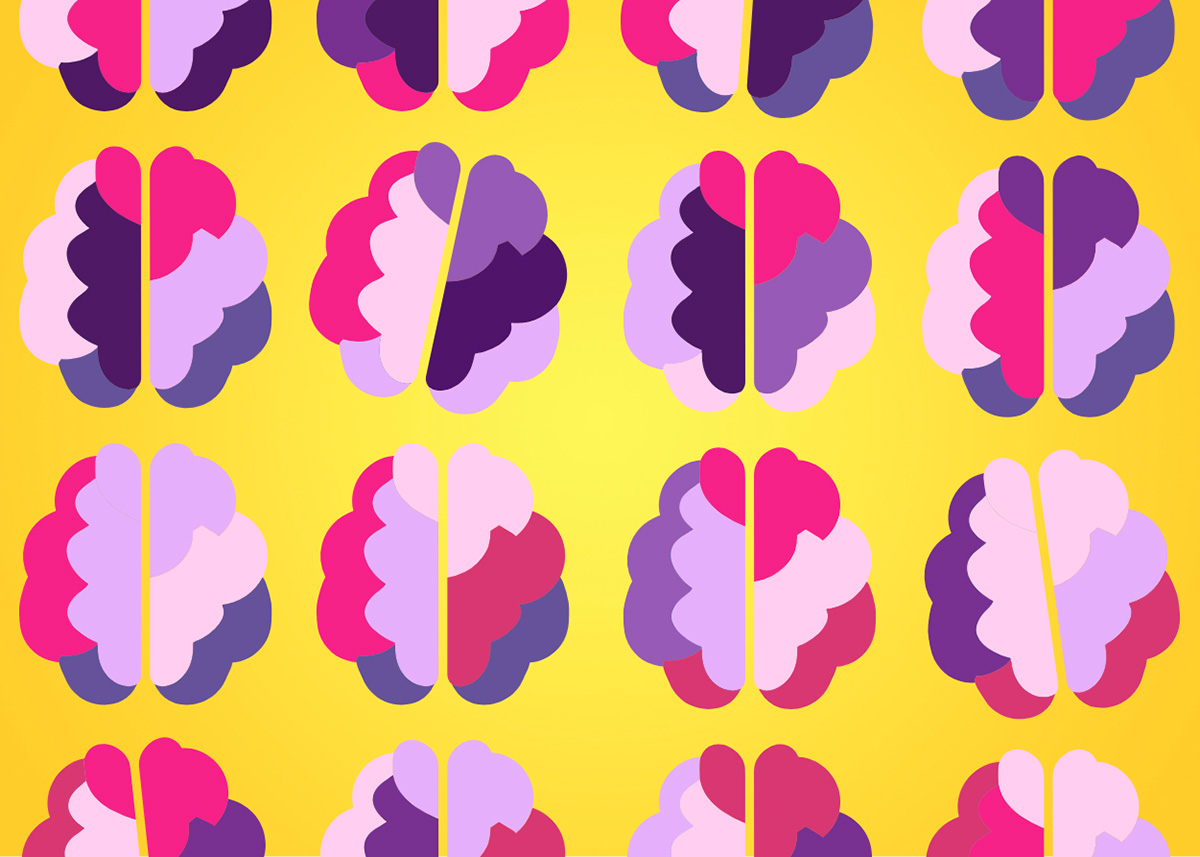

Some of us are fortunate enough to cross paths with individuals who can only be described as the silent heroes of our time. You must know some of them. These are people who live with different neurodiverse conditions— For some of them, recalling the date of the Boston Tea Party is not just a challenge, it may feel like an impossibility. Some may find it hard to sit still, to structure a letter, or to organize their day. Some might avoid eye contact in conversation, communicate differently, or exhibit behaviors that don’t fit into conventional social expectations. Some of these traits may make others uncomfortable—but this discomfort pales in comparison to the daily struggles faced by those who live with these conditions. For many, these difficulties are more than just inconvenient—they can lead to deep frustration, anxiety, sleep disorders, depression, and even substance abuse in case they find it extensively hard to fit into societal expectations. Some are great at hiding their condition or finding a way to compensate for it, others are lucky enough to have what we might call “social translators”—friends, family, educators, or therapists who help them navigate a world that wasn’t designed for their way of thinking. But many are not so fortunate. In this blog, we reflect on how we as a society can become more inclusive, more compassionate, and more accepting of those who process the world differently.
When we hear the word “diversity,” our minds often go first to identity politics or visible differences. When we hear “neuro,” we might picture complex diagrams of brain synapses—unless we’re academic researchers, in which case we probably think of journal articles and clinical terminology. But there is a space where these two words come together meaningfully, and it is in the term neurodiversity. Coined in the 1990s by Judy Singer, a Hungarian-born sociologist who emigrated to Brisbane as a child, the term neurodiversity offered a groundbreaking way to understand conditions like ADHD, autism spectrum disorder, dyslexia, dysgraphia, dyscalculia, and other neurological differences. Judy’s motivation was deeply personal—her mother and daughter showed autistic traits, and she recognized similar patterns in herself. She asked a simple but revolutionary question: why do we continue to stigmatize people for the way their brains work?

We celebrate diversity in other areas of life—we praise cultural differences, we admire unique artistic styles, we embrace unconventional thinkers in tech and business. Why then, when it comes to neurological diversity, do we so often revert to labels that carry shame or imply deficiency? Judy Singer’s term was a call to reframe—not to ignore the challenges, but to acknowledge that difference does not mean less. That brains wired differently are not broken, but offer alternative perspectives the world sorely needs. That inclusion isn’t just about tolerance—it’s about reimagining our workplaces, classrooms, and communities in ways that genuinely value everyone.
It’s a simple but vital question—especially for organizations that claim to value diversity and innovation. Does your company actively support neurodivergent team members? Or do they simply not make it through the hiring process?
According to the limited but growing body of international research:
In one of the companies I worked at, I had the privilege of collaborating with a brilliant colleague who was on the autism spectrum. She had one of the most remarkable operational minds I’ve ever seen—detailed, logical, precise—and she was also a warm, supportive teammate and a confident public speaker. Her success wasn’t accidental. It was made possible by years of supportive upbringing and an inclusive workplace that recognized her strengths and adapted where needed.
So, what can your organization do? Inclusion is not charity—it’s strategy. It benefits everyone. Here are some simple but powerful steps:
This isn’t about lowering standards. It’s about removing arbitrary barriers that prevent talented individuals from showing up fully as themselves. Neurodivergent people bring unique strengths—hyperfocus, creative problem-solving, pattern recognition, attention to detail—and these are precisely the qualities that drive innovation.
If we say we value diversity, it’s time we meant it—in policy, in practice, and in the way we treat the people we work and share the same places with every day.
Ágnes Holtzer
Baumer, Nicole, Fruch, Julia (2021). What is neurodiversity? https://www.health.harvard.edu/blog/what-is-neurodiversity-202111232645
Harris, John (2023). The mother of neurodiversity: how Judy Singer changed the world. https://www.theguardian.com/world/2023/jul/05/the-mother-of-neurodiversity-how-judy-singer-changed-the-world
Neurodiversty: a look at real life differences in the world of work. https://mautic.texthelp.com/neurodiversity-inclusion



